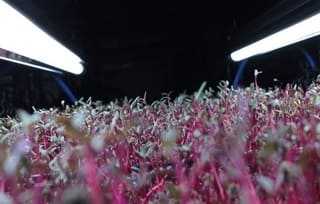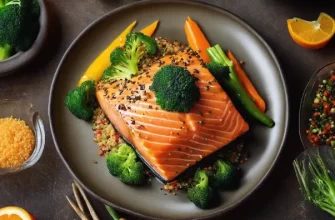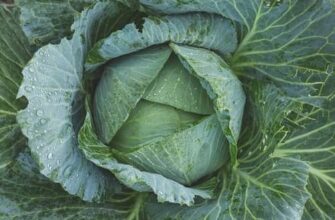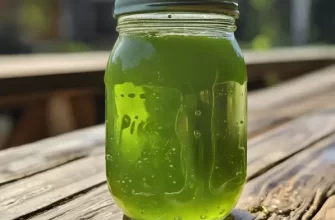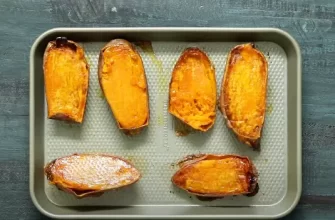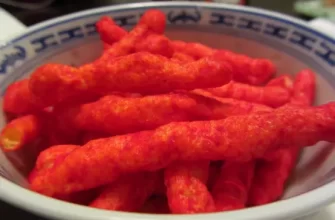Microgreens are young vegetable greens that are harvested a few weeks after they have sprouted. They are not only trendy among food enthusiasts but also a nutritious option filled with vitamins, minerals, and antioxidants.
We will discuss the advantages and disadvantages of consuming these nutrient-rich foods while pregnant.
Pros of Consuming Microgreens During Pregnancy
- Rich in Nutrients: Microgreens contain beneficial minerals including potassium, iron, zinc, magnesium, and copper. Additionally, they are abundant in essential vitamins such as A, C, K, E, and B complex, all of which play a vital role in supporting the growth and well-being of an unborn baby.
- Promotes Good Digestion: During pregnancy, constipation is a widely experienced problem. Microgreens, which are rich in dietary fiber, can assist with digestion and alleviate constipation.
- Boosts Immunity: Microgreens contain a significant amount of vitamins A, C, and E, which contribute to strengthening the immune system. This is particularly important for expectant mothers who require a robust immune system.
- Rich in Antioxidants: Microgreens have a high concentration of antioxidants that assist in safeguarding both the mother and the fetus against detrimental free radicals.
Cons of Consuming Microgreens During Pregnancy
- Risk of Food-Borne Illness: Although microgreens are generally safe, they can occasionally be a source of foodborne illnesses like E. coli or Salmonella. This is because they are mostly consumed raw.
- Possible Allergic Reactions: The consumption of microgreens might possibly cause allergic reactions in some pregnant women, particularly if they’re prone to food allergies.
- Pesticide Residues: If the microgreens aren’t organically grown, they could have residues of pesticides. These pesticides can potentially harm the fetus, so it’s important to ensure the source of these greens is organic and trustworthy.
Conclusion
Microgreens can make a healthy addition to the diet of pregnant women. Nonetheless, it is important to ensure that they are washed thoroughly and, if available, obtained from an organic farm. As with any dietary decisions during pregnancy, it is advisable to consult a healthcare professional before making any substantial alterations.
| Pros of Consuming Microgreens During Pregnancy | Cons of Consuming Microgreens During Pregnancy |
|---|---|
| Rich in Nutrients | Risk of Food-Borne Illness |
| Promotes Good Digestion | Possible Allergic Reactions |
| Boosts Immunity | Pesticide Residues |
| Rich in Antioxidants | – |

